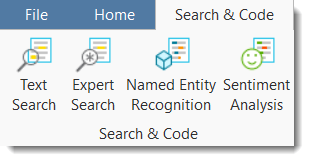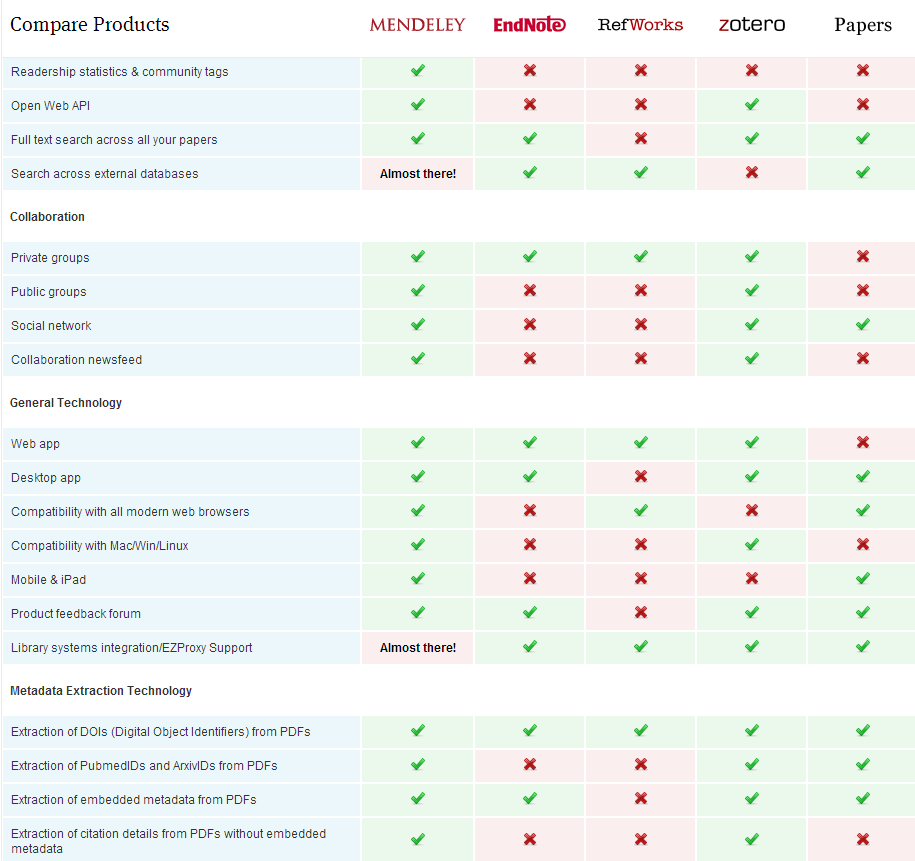This fall, I will be teaching a new course in the library on using note-taking software, and of course Evernote will be included. I was just asked the other day how Evernote is different from Dropbox, and I see this question occasionally also on forums. To be prepared to answer this question when it comes up in the classes, I reviewed my own use of both programs and went looking at how academics and scholars are using Evernote.
- Evernote is free, universal, and an essential app to share audio recordings. Evernote now includes a 90 minute recording limit. The app even allows you to record audio in the background.
- New Mendeley Reference Manager is now available Get started. Cite as you write Generate citations and bibliographies in a whole range of journal styles with just a few clicks. For your convenience, we've made sure Mendeley's Citation Plugin is compatible with Word (including Word for Mac) and LibreOffice. We also support BibTeX export for use.

My answer to the Evernote/Dropbox question has always been that I use Evernote as a container for all kinds of raw material – the ingredients which I will use to create files. Files are materials that are well on their way to being in final form, so they are in Word, Excel, or pdf format (or a few others). Cga_computers laptops & desktops driver download for windows. Many people do store articles that they are reading in Dropbox, but I don’t – those are stored by Zotero in some mysterious place in the Firefox directory which I don’t pay much attention to (shame, shame!).
Dropbox is fairly orderly, with files stored in folders and retrievable either by my memory of a filename, the approximate date when I saved them, or a Windows Explorer search. Evernote is a chaotic mix of material in all kinds of media, all thrown in there together. It’s retrievable by keyword search, tag, notebook, input date, or, in some cases, attribute, like whether the note contains an image. Tagging is crucial for retrieval in Evernote, but so is the ability to scroll quickly through thumbnails of each note corresponding to the tag or containing the keyword I searched for, rather than opening a file to see if it’s the right one. A benefit of this is that I often find related notes that are useful to me that I had forgotten about.
. Evernote import. Reference manager import (Endnote, and others). Twitter import. Geo documents (Open Street map) with margin area. Improved visibility of quotation boundaries and very easy modification of start and end positions. Full quotation preview in Quotation Manager. Retrieved quotation lists can be docked.
And now, here are ways that others use Evernote in academia, in addition to those mentioned by Crystal Renfro in her Year for Productivity post on Notebook Software. Berker port devices driver download for windows 10. I’ve included students and professors talking about how they use Evernote in their own work, and professors talking about how they see their students using it.
- Jennifer Carey (blogging as IndianaJen) introduces it to her students early in her history course as a way to collect all their sources. They can easily add web clippings and pdfs but also scan printed documents and add photos, so they can gather sources of all kinds in one place. Because they can easily add urls, it helps beginning students keep track of source information. “Using Evernote for Research,” Indiana Jen: Education & Technology (and Some History , Feb. 28).
- Heather M. Whitney, writing at Profhacker, started a discussion on July 23 about encouraging students to keep lab notebooks in digital form. In an advanced physics class, only one of her students stuck with Evernote. There are a few responses to her post, and not much consensus. Some wonder if manual sketching is part of the learning process. Another suggested that the greater similarity of One Note to paper notebooks makes it easier for students to modify what they have already learned about keeping paper lab notebooks. “Digital lab notebooks: What works and what doesn’t?” Profhacker at The Chronicle of Higher Education, 7/23/2013.
- Chris Crockett has posted a summary of contributions from the Astronomers Facebook Group which includes a lot more detail about how working scientists are using Evernote for lab notebooks at AstroBetter (see Evernote for scientists: mastering the electronic lab notebook, 6/2/2013). Over time, lab scientists appreciate the ability to search digitally rather than whiffle through paper; to share notebooks; and to save all kinds of material together – as long as they have the ability to enter precise handwritten notes. Showing screenshots to students, or seeing their screenshots, can be particularly useful to see how they are doing what they are doing. Some of this requires the premium version of Evernote. Though it’s not very expensive, requires students to purchase it, or purchasing it for them, is problematic. (Use of the Livescribe pen has been mentioned both here and in the above item at Profhacker. I’d love to use this pen, but it’s a more expensive investment than most of the tools I work with.) Thanks to Mary Axford for catching this rich resource.

- Historian Liz Covart talks about how Evernote has become her digital filing cabinet, pulling all her material together. She can now go to security-conscious archives with a device instead of stacks of paper and writing implements, which makes archive staff much happier. “3 Ways Evernote Makes Research Easier: A Historian’s Notes” at Uncommon Placebook – An Independent Historian’sBlog, 2/13/2012.
- Adam Green has lots of very specific suggestions of how to keep notes organized in Evernote; see “My Tribute to Evernote: A Student’s Guide” at his blog The Flannelboard: Theology, Tech, Culture (3/24/2012). Green has great suggestions for how to keep notes in order; for example, he links them and creates tables of contents for them. He has a great screenshot of the table of contents he made for an extensive set of notes on a book, organized by chapter. He uses numbers at the beginning of the notes to keep them in order. He also describes a method for uploading annotated pdfs into Evernote so that the annotations are saved and synced. He explains why he prefers this to using Evernote’s own Skitch. (Since I always have trouble ordering things the way I want them in Evernote, I have used Evernote as a first catch-all on the fly, then used OneNote to process information that I needed to work on further, rather than just keep for quick retrieval. This process is important to me, because it forces me to review information I collect, rather than just letting it moulder – but it wouldn’t work for everyone).
- “How to Write a Paper Using Evernote” at The Wandering Academic (Greg Clinton) has written up a detailed 13-step process for producing a paper, from creating a new notebook through using a citation manager to add references, creating a table of contents, adding substance, and turning the raw material into a draft. Clinton suggests including administrative information in your final notebook on where you submit it, feedback you receive (comments, grade, etc.), and a copy of the assignment sheet.
- James L. Smith takes the view that less organizing offers more serendipitous discovery, however, at Fluid Imaginings: Reflections on and Of Academic Life. In “Delving the Digital Sack” (7/13/2013), Smith makes a case for the useful re-discovery that occurs from browsing through larger numbers of loosely organized items. Instead of using many tags and notebooks, Smith relies on keyword searches and fewer, broadly organized notebooks. He feels he has benefited from the messiness of being “open to random discoveries when one does not entirely know what one is looking for.”

- Research isn’t the only task in academics’ workflow. Shawn MIller, an academic technology consultant, wrote about various academic administrative tasks that can be facilitated by Evernote (“Take a Minute to Collect Your Thoughts with Evernote,” Profhacker in The Chronicle of Higher Education, 5/17/2010). Miller’s post includes useful organizing ideas, complete with excellent screenshots, for people who keep work and personal projects in Evernote, and he points out the utility of emailing material to Evernote when working on group projects. This can include research, but grant writing and committee work are also types of work that involve important email components. Conference travel can also be organized in Evernote. (Mary reminds me that you can pre-organize material that you email to Evernote using tags, notebooks, and reminders: see Evernote’s help articles “Emailing into Evernote just got better“).

Evernote Reference Manager Login
- PhD student Julio Peironcely has even more ideas for using Evernote at conferences. Peironcely has noticed how few people give out handouts these days, so he stores digital photos of posters and business cards in Evernote, along with notes about the presenters and conversations he has with them and any actions he has agreed to take. Thanks to Evernote’s OCR, you can search for text in the photos of the posters. See “Get a Second Brain with Evernote for Science” at Next Scientist.
Evernote Reference Manager Free
- I attended ACRL with several colleagues from the Kennesaw State University library. At and after the conference, I uploaded photos I took of posters as well as everyone’s post-trip report. This notebook has been shared so that anyone at the library can see what I saw at the conference and can read all the trip reports. It’s not organized as well as I would like – now I can try out some of the tricks I learned reading these suggestions

Cosmed driver. I’d like to hear from those of you who use Evernote about how you use it in research, teaching and other academic work. What have you tried? What works? What doesn’t?
Evernote Reference Manager Download
Related posts:
